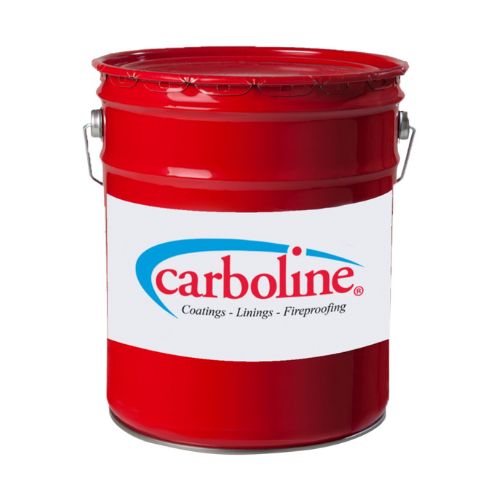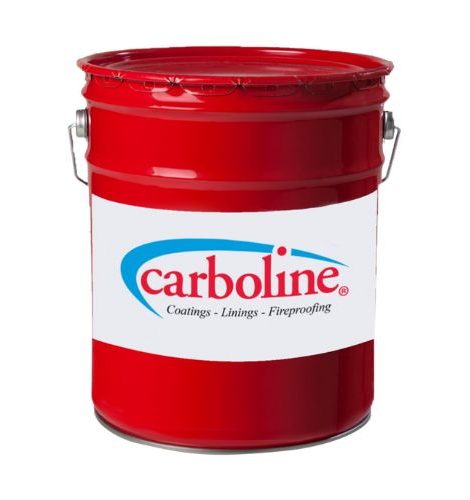Carboguard 635
Generic Type Epoxy Phenalkamine
Description
An all-purpose immersion-grade epoxy that has a variety of attributes including low-temperature
cure, surface tolerance, fast recoat times, moisture tolerance during application and cure, and
excellent corrosion protection. Can be used direct to metal as a corrosion resistant primer,
an intermediate coating over itself and many other primers, and can be used as a finish coat.
Suitable for both maintenance and new construction projects due to its excellent surface wetting
characteristics and quick cure for handling. May also be used for immersion in fresh or salt water
(marine) exposures. Meets IMO performance for ballast tanks for marine vessels.
Features
• Low temperature cure (20°F)
• Excellent corrosion protection
• Excellent application characteristics
• Fast recoat times
• Moisture tolerance during application
• Continues to cure underwater
• Extended recoat window for atmospheric exposures (6 months for most topcoats)
• Meets IMO Performance Standard for Protective Coatings MSC.215(82): 2006 for sea water
ballast tanks
Color
0500 (Red), 0200 (Beige), 0700 (Gray), 0800 (White), 0900 (Black)
Limited other colors may be available.
Contact your Carboline Representative for availability.
Gloss Satin
Primer Self-Priming
Dry Film Thickness 4 – 6 mils (102 – 152 microns) per coat
Solids Content By Volume 65% +/- 2%
Theoretical Coverage
Rate
1043 ft2/gal at 1.0 mils (25.6 m2/l at 25 microns)
261 ft2/gal at 4.0 mils (6.4 m2/l at 100 microns)
174 ft2/gal at 6.0 mils (4.3 m2/l at 150 microns)
Allow for loss in mixing and application.
VOC Values
As Supplied : 2.47 lbs/gal (296 g/l mixed)
Thinner 76 : Thinned 8% (10.5 oz/gal): 2.79 lbs/gal (337 g/l)
Thinner 248 : Thinned 8% (10.5 oz/gal): 2.79 lbs/gal (337 g/l)
Thinner 38 : Thinned 8% (10.5 oz/gal): 2.79 lbs/gal (337 g/l)
These are nominal values and may vary with color.
Dry Temp. Resistance Continuous: 180°F (82°C)
Non-Continuous: 220°F (104°C)
Limitations Epoxies may lose gloss, discolor and chalk when exposed to sunlight.
Topcoats
May be coated with acrylics, epoxies, alkyds, polyurethanes, polyaspartics or siloxanes depending
on exposure and need.
Consult the topcoat’s product data sheet for compatibility.



Reviews
There are no reviews yet.